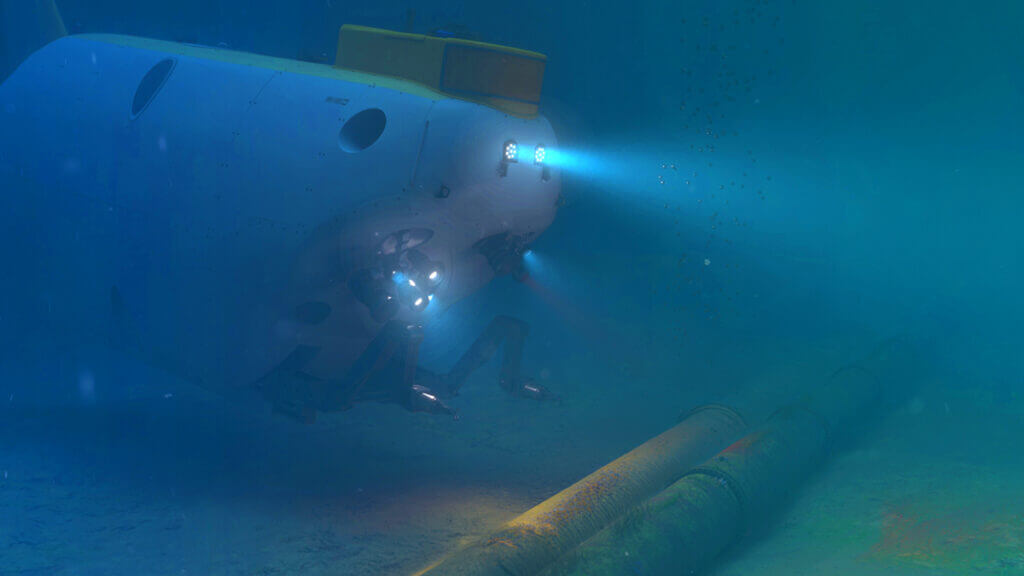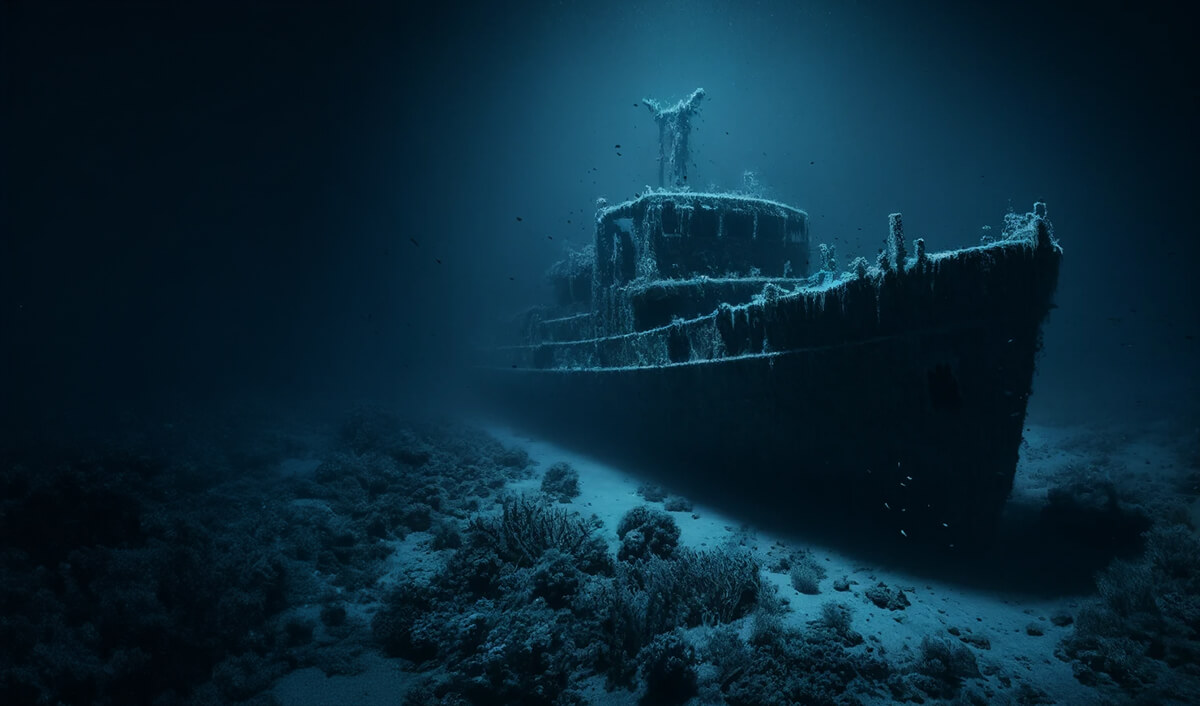The Earth’s oceans hold a vast and mysterious world, with over 95% remaining unexplored. Imagine plunging into inky blackness, where sunlight barely penetrates and immense pressure reigns supreme. Scientists face incredible challenges when venturing into these depths, limited by their ability to see and navigate this alien environment.
However, remarkable advancements in technology are pushing the boundaries of exploration. One crucial component in conquering the deep sea is the development of high-performance optical components, particularly sapphire domes. These windows act as the eyes of submersibles and research equipment, providing scientists with a clear view into the hidden wonders of the deep.
This blog will delve into the fascinating world of sapphire domes, exploring their unique properties, how they’re manufactured, and the critical role they play in deep-sea exploration. We’ll uncover the benefits of sapphire domes and showcase how they’re enabling scientists to unlock the secrets of the ocean depths.
A Crushing Embrace of Pressure and Darkness
Imagine plunging into a world of crushing pressure, perpetual darkness, and near-freezing temperatures. This unforgiving environment defines the deep sea, posing significant challenges for traditional exploration methods. Limited visibility and tethered ROVs restrict our ability to see and navigate these depths.
Enter manned and unmanned submersibles, specially designed vessels that can withstand the harsh conditions and allow us to explore. But for these vehicles to function, they require a critical component: a window that can see through the darkness and pressure—a role perfectly suited for sapphire domes.
The Challenge of Deep-Sea Observation Windows
Manned and unmanned submersibles rely on high-quality observation windows for scientists to peer into the deep. These windows face a daunting task: withstanding the immense pressure of the deep ocean while maintaining crystal clarity.
Traditional window materials, like acrylic, have their limitations. At extreme depths, acrylic can crack or deform under crushing pressure, compromising the integrity of the submersible and jeopardising the mission. Additionally, acrylic can become scratched or clouded over time, further hindering visibility.

Fortunately, advancements in materials science have offered a potential solution: sapphire. This incredibly strong and transparent material possesses the qualities needed to conquer the challenges of deep-sea observation.
Sapphire Domes: Strength Meets Clarity
Sapphire reigns supreme for deep-sea observation windows, where exceptional strength and clarity are vital.
- Unmatched Strength: Sapphire’s strength surpasses steel, allowing it to withstand crushing deep-sea pressures (1,500 times below sea level) without cracking or deformation, safeguarding the submersible and crew.
- Superior Scratch Resistance: Second only to diamond in hardness, sapphire offers exceptional scratch resistance, crucial for enduring the abrasive deep-sea environment and maintaining clear views.
- Exceptional Light Transmission: Sapphire allows for exceptional light transmittance across a wide spectrum, enabling clear visual observation and the use of specialised deep-sea research instruments.
Manufacturing Process
Manufacturing flawless sapphire domes requires meticulous techniques and rigorous quality control.
- Crystal Growth: The process starts with creating a flawless sapphire crystal using methods like Verneuil or czochralski.
- Fabrication and Polishing: The raw crystal is then meticulously shaped and polished into a precise dome form with an optimal surface finish for light transmission and pressure resistance.
- Quality Control: Throughout the process, stringent quality control measures ensure only domes meeting the strictest standards are used in the unforgiving deep sea.
Applications of Sapphire Domes in Deep-Sea Exploration
Manned and Unmanned Submersibles: These workhorses of the deep rely on sapphire domes for pilot and scientist observation windows and camera housings. Missions like James Cameron’s historic Mariana Trench dive in the DeepSea Challenger utilised sapphire domes for unparalleled clarity and pressure resistance.
Deep-Sea Research Equipment: ROV (Remotely Operated Vehicle) cameras and other oceanographic instruments often feature sapphire domes to capture high-resolution images and data in the harsh deep-sea environment. Their strength allows these instruments to reach greater depths and gather invaluable scientific information.
Deep-Sea Oil and Gas Exploration: The unforgiving nature of the deep sea demands robust monitoring equipment. Sapphire domes are used in cameras and pressure housings for pipeline inspections and equipment monitoring, ensuring safety and operational efficiency in these remote underwater fields.
Beyond these established applications, ongoing research and development is exploring new frontiers for sapphire domes in deep-sea exploration. Scientists are investigating their potential for use in deep-sea mineral extraction equipment and underwater observatories, pushing the boundaries of what’s possible in the ocean depths.
Are you in need of quality optical components?
Our products are designed and manufactured to deliver high-precision results, combining durability and versatility with the ability to operate in highly challenging environments. If you’d like to find out more, call us at 01223 420329 or email our sales team at info@uqgoptics.com.




